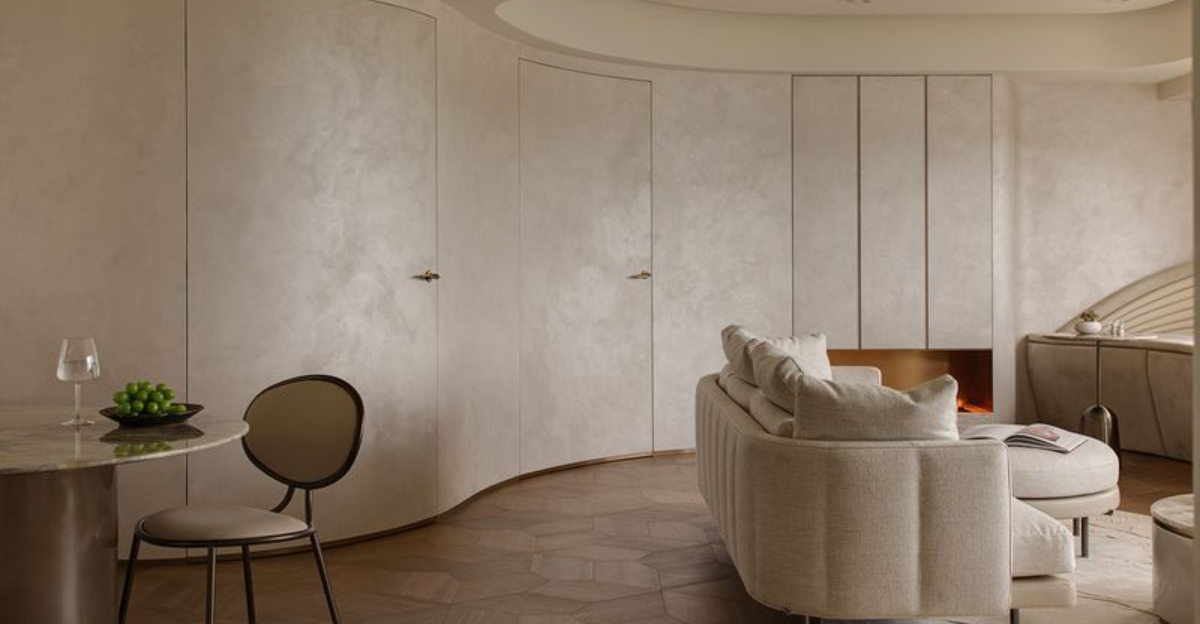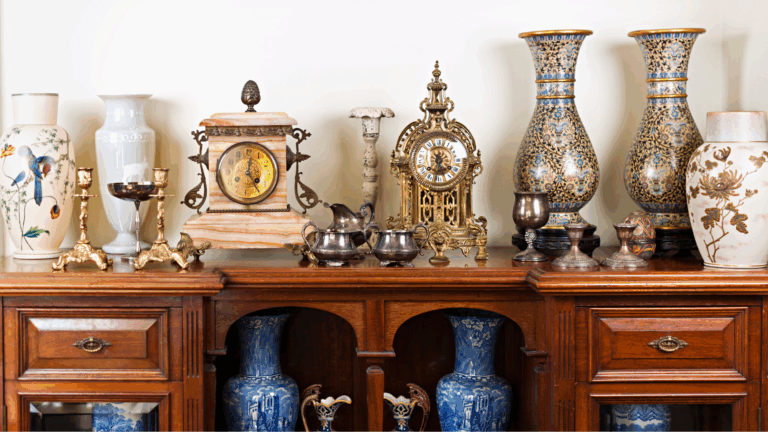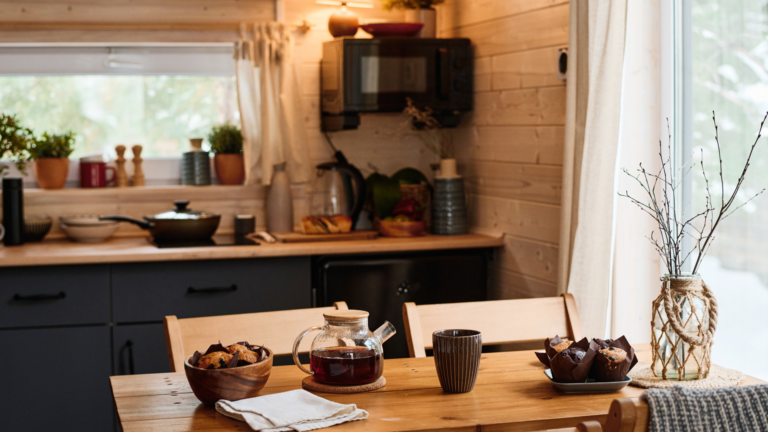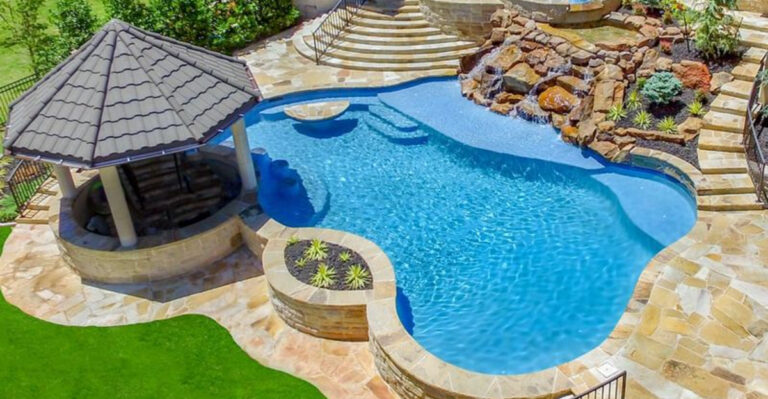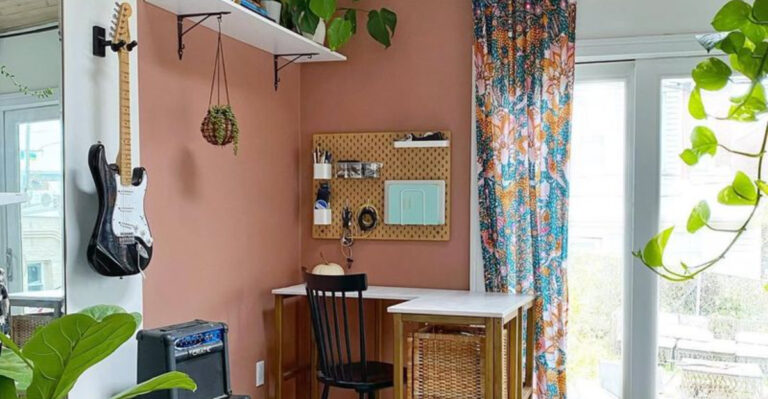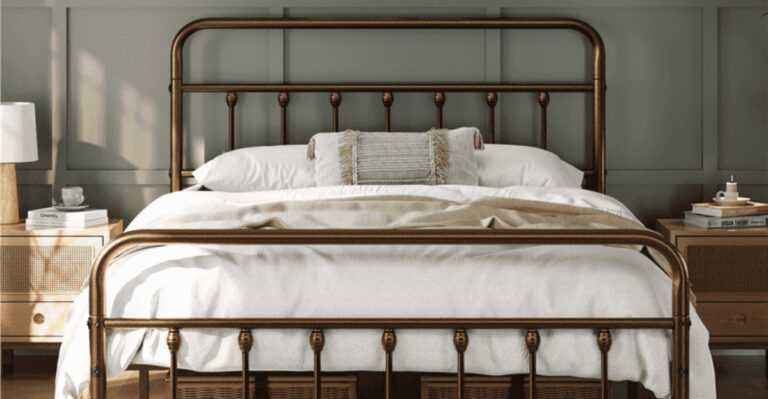15 Cool Interior Design Trends Sliding Into 2025 (Plus 5 Even Cooler Ones)
Home design is moving so fast, I swear my living room was trendy and then suddenly… not. If you’ve ever felt the same, you’re not alone.
2025 is shaking things up in the best way—with bold materials that feel futuristic, colors you never thought you’d love, and ideas that completely flip the script on what home looks like. I’ve been diving into the latest trends, and honestly, some of them are too good to ignore.
If you’re curious about what’s next and want your space to feel fresh and exciting, you’re going to want a sneak peek at what’s coming.
1. Biophilic Everything

Plants aren’t just for the occasional corner anymore. Walls, ceilings, and furniture now merge with greenery in ways that blur the line between indoors and nature.
Living walls that purify air while looking stunning are becoming standard features rather than luxury statements. Furniture designers are creating pieces with built-in planters, while architects incorporate growing spaces directly into home blueprints.
Even lighting systems now support plant growth while illuminating your space.
2. Curved Architecture
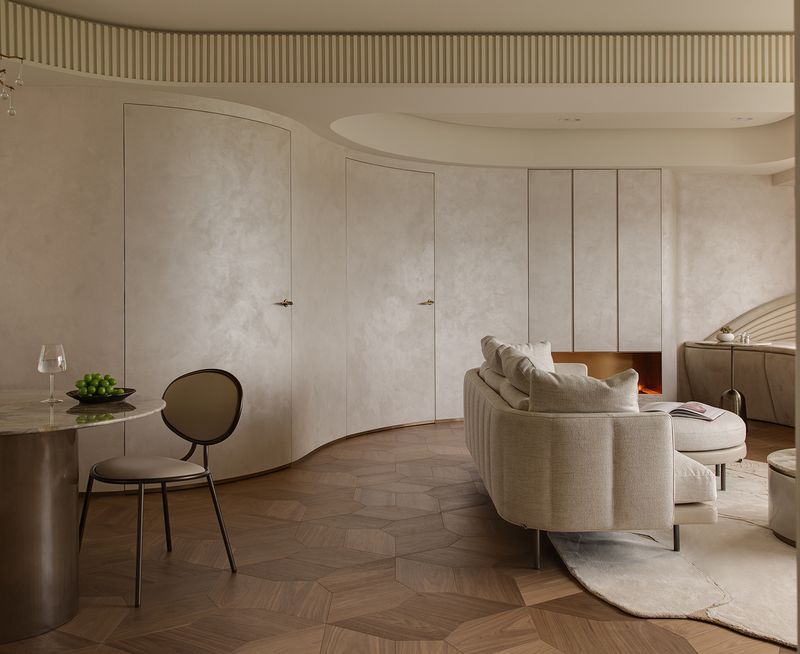
Straight lines are taking a backseat as curved walls, rounded doorways, and circular windows create flow in modern homes.
This organic approach feels immediately calming to our brains, which naturally respond better to curves found in nature than to harsh angles.
Arched doorways lead from room to room, while curved walls guide movement through spaces. Furniture follows suit with rounded edges and circular forms that invite touch and interaction rather than creating barriers.
3. Smart Furniture That Adapts

If you thought folding chairs were clever, wait until you see what’s coming. Furniture that transforms based on your needs—from a desk to a dining table to a bed—all controlled through apps or voice commands.
Tables adjust height automatically when you want to stand. Couches rearrange themselves for movie night versus cocktail parties.
Storage units expand or contract based on what you’re keeping inside them. The best part? These pieces learn your habits over time.
4. Japandi 2.0
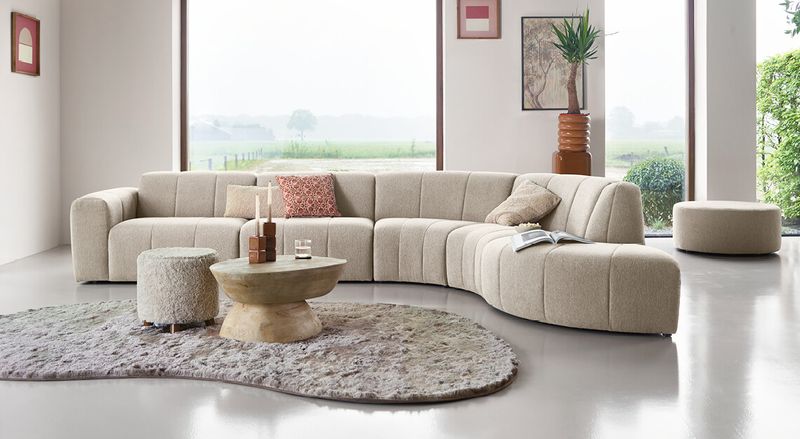
Remember when Japanese and Scandinavian styles merged? The updated version adds vibrant pops of color to that serene foundation.
Imagine minimalist furniture with unexpected bursts of terracotta, mustard, or forest green. Clean lines remain, but texture plays a bigger role—raw edges on wooden tables contrast with smooth ceramic accessories.
Natural materials still dominate, though now they’re often finished in surprising ways.
Look for bamboo cabinets stained in jewel tones or linen upholstery with geometric patterns.
5. Grandmillennial With Edge

Your grandmother’s floral patterns and antiques are cool again, but with modern twists that keep spaces from feeling stuffy. Vintage floral wallpaper might share a room with ultra-modern lighting fixtures.
Antique furniture gets reupholstered in unexpected fabrics like performance velvet or recycled polyester in bold colors. China collections display alongside contemporary art pieces.
The key difference from earlier grandmillennial style? More contrast and fewer items, creating breathing room around cherished pieces.
6. Acoustic Design Elements
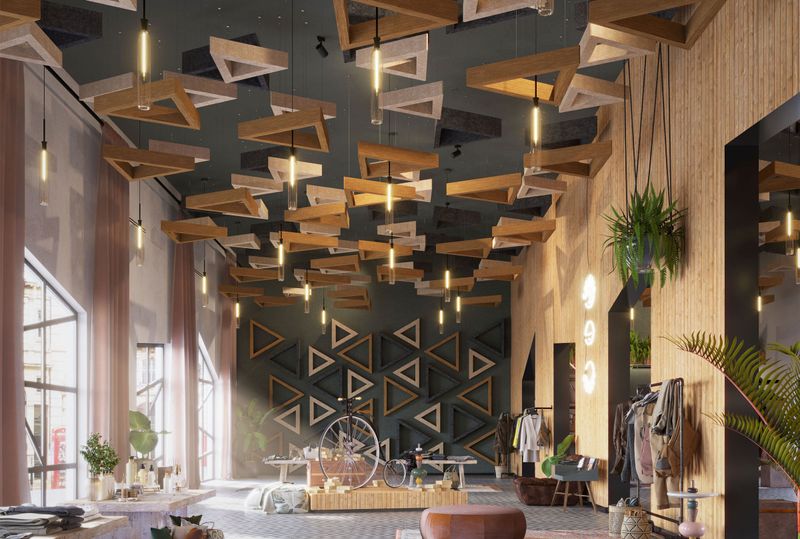
Sound management is finally getting the attention it deserves in home design. Beautiful wall panels, ceiling treatments, and room dividers now double as sound absorbers, making open floor plans actually livable.
Fabric-covered acoustic panels come in artistic designs that look like intentional wall art. Sculptural ceiling elements break up sound waves while adding visual interest overhead.
Even rugs and curtains are being engineered specifically for sound absorption properties while maintaining their decorative appeal.
7. Lighting As Art

Forget basic fixtures—lighting is now the statement piece around which rooms are designed. Sculptural pendants that cast fascinating shadows transform spaces even when turned off.
Light installations respond to music or movement, turning everyday moments into immersive experiences. Some fixtures change color temperature throughout the day to support your circadian rhythm.
Materials range from handblown glass to recycled plastics to mycelium (mushroom) composites that create organic forms while being sustainable.
8. Neo-Brutalism Softened
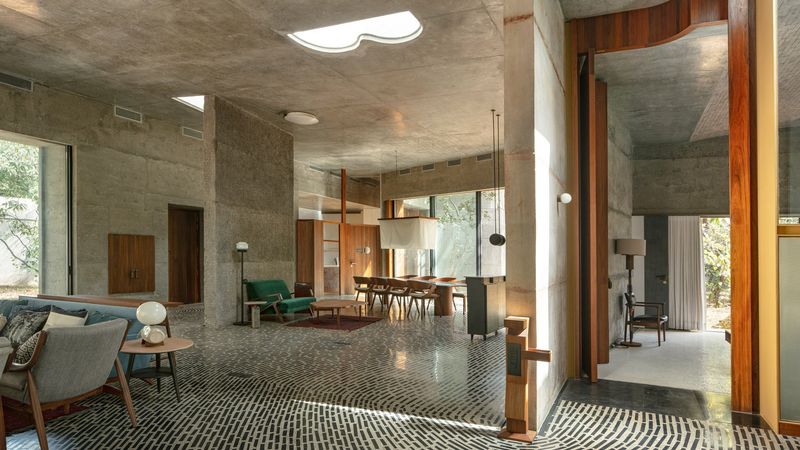
Concrete isn’t going anywhere, but it’s getting cozier. The harsh brutalist look has evolved to include warmer elements like wood, textiles, and strategic lighting that softens all that industrial hardness.
Exposed concrete walls might be paired with plush seating in earthy tones. Raw steel beams contrast with woven pendants or macramé wall hangings.
The result feels honest and architectural while still being somewhere you’d actually want to curl up with a book.
9. Colorful Kitchens
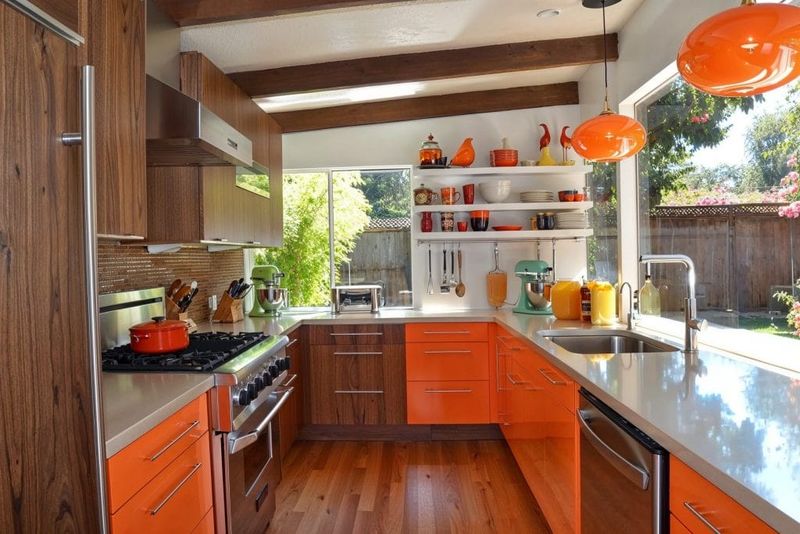
White kitchens had their moment, but color is storming back. Cabinets in deep blues, greens, and even purples paired with statement stone countertops create spaces with personality and warmth.
Two-tone approaches are particularly popular—dark lowers with vibrant uppers, or colorful islands contrasting with neutral perimeter cabinets.
Appliances come in custom colors to complement the palette. Even small kitchens benefit from this trend, as color creates visual interest in compact spaces.
10. Regenerative Materials
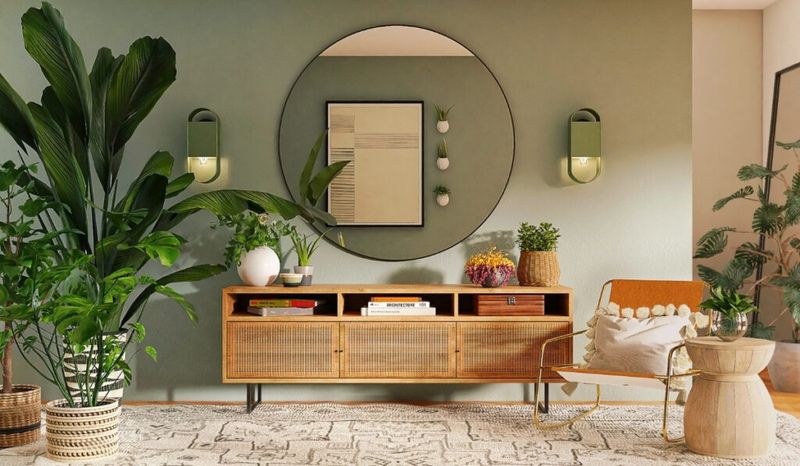
Beyond just sustainable, regenerative materials actually improve the environment through their production. Mycelium-based products, algae textiles, and carbon-capturing concrete are moving from experimental to mainstream.
Furniture made from agricultural waste combined with mycelium creates sturdy pieces that can be composted at end-of-life.
Fabrics derived from kelp and algae use no freshwater in production. These materials often have unique textures and natural variations that add character to spaces.
11. Digital Art Displays
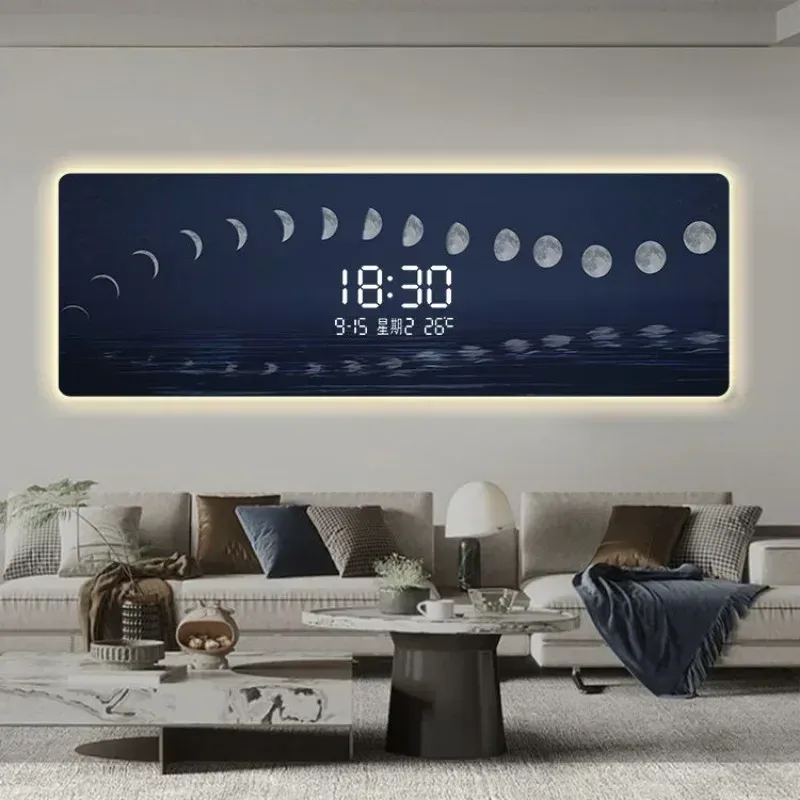
Static wall art is getting competition from digital displays that change based on mood, time of day, or social context. These aren’t just TVs but dedicated art systems with matte finishes that actually look like paintings or prints.
Some connect to artist marketplaces where you can subscribe to collections or support emerging creators. Others can display your own photography in rotating galleries.
The most advanced systems respond to the room’s lighting conditions, adjusting brightness and even color temperature.
12. Bespoke Built-Ins Everywhere
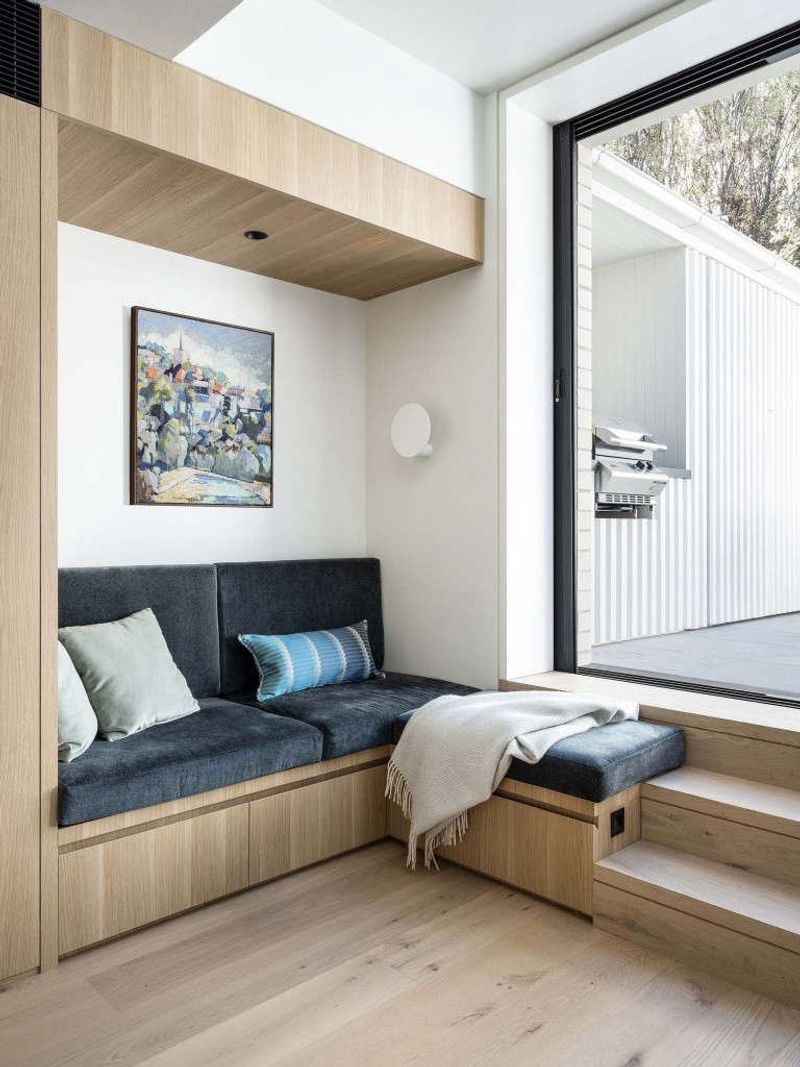
Custom storage solutions are replacing furniture in many homes, with architects and designers creating built-ins that perfectly fit spaces and needs.
Window seats with hidden storage, stairs with integrated drawers, and walls that conceal entire home offices when not in use. These aren’t your basic shelves but architectural elements that add character while solving storage problems.
Many incorporate charging stations, specialized compartments for tech, and even pet accommodations. The craftsmanship is often highlighted rather than hidden.
13. Rewilded Outdoor Spaces
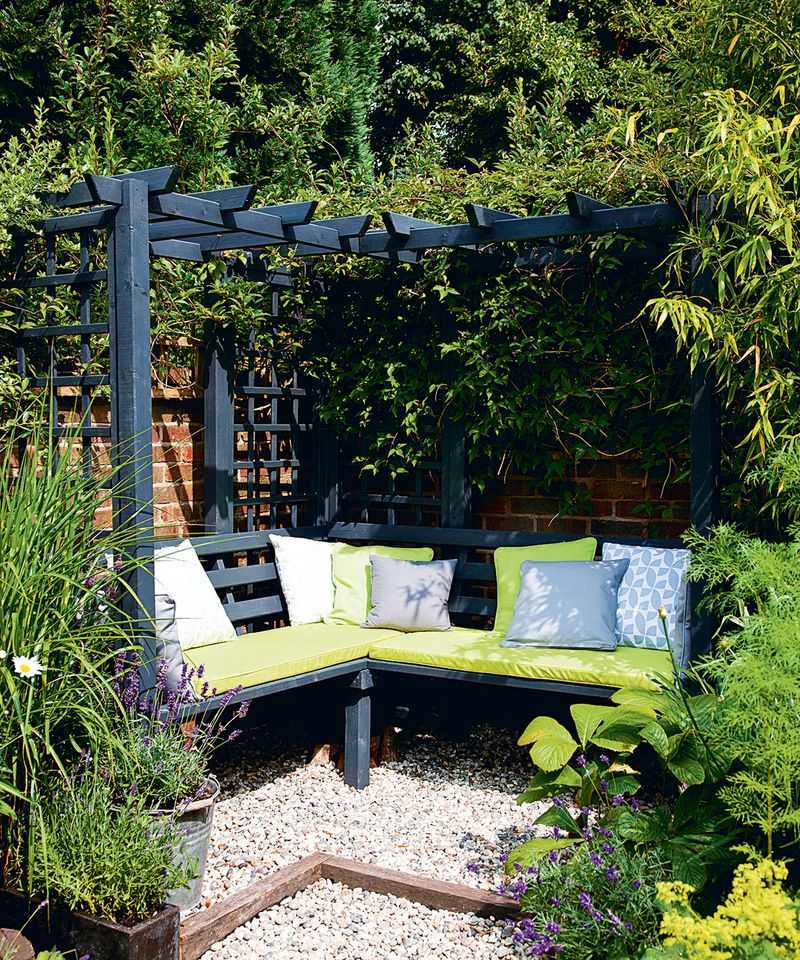
Perfectly manicured outdoor spaces are giving way to more naturalistic approaches that support local ecosystems. Native plant gardens, mini meadows, and even small food forests are replacing traditional lawns and ornamental landscapes.
Outdoor furniture nestles into these wilder settings, often made from natural materials that weather beautifully.
Pathways wind through plantings rather than dictating rigid boundaries. Water features focus on creating habitat rather than just visual appeal.
14. Wellness Rooms
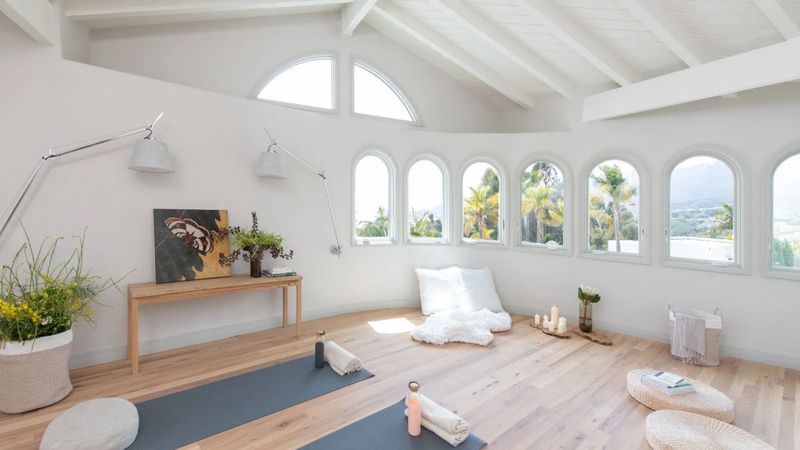
Home gyms are evolving into complete wellness spaces that might include meditation zones, infrared saunas, cold plunges, and air purification systems.
These rooms prioritize natural light, plants, and calming colors to support mental health alongside physical fitness. Flooring options include cork, bamboo, or specialized materials that provide proper support for various activities.
Lighting systems offer different modes for energizing workouts versus relaxing recovery sessions. Sound absorption features create peaceful environments free from household noise.
15. Maximalist Ceilings
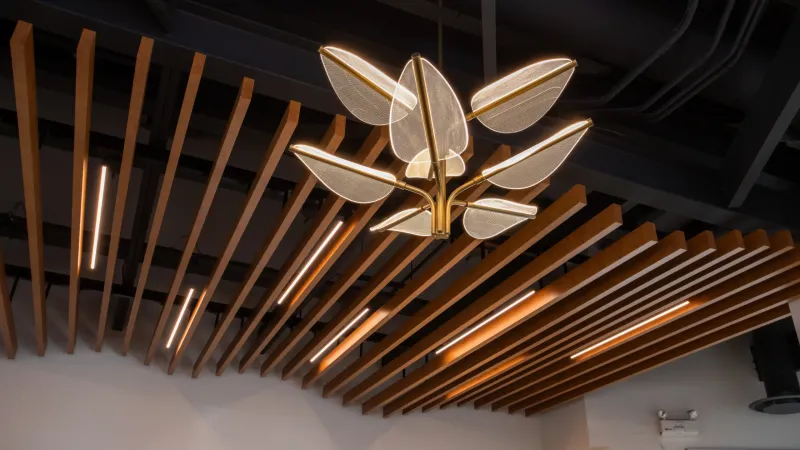
While walls might be getting simpler, ceilings are becoming the canvas for bold expression. Painted murals, applied moldings, wallpaper, and even fabric treatments transform these often-neglected surfaces into focal points.
Some designers use high-gloss paint to reflect light and create the illusion of height. Others apply wood planking or metal panels for texture and warmth.
The contrast between simple walls and elaborate ceilings creates visual interest without overwhelming spaces.
16. Chromatic Neutrals

Forget beige and gray—the new neutrals have personality. Muted sage, dusty terracotta, and soft ochre create backdrops with character while still functioning as versatile foundations for changing accessories.
These colors shift beautifully throughout the day as natural light changes, creating spaces that feel alive and responsive. They pair easily with both warm and cool accent colors.
Unlike true neutrals, these hues connect more directly to nature—sky blues, earth tones, and plant-inspired greens.
17. Transparent Furniture
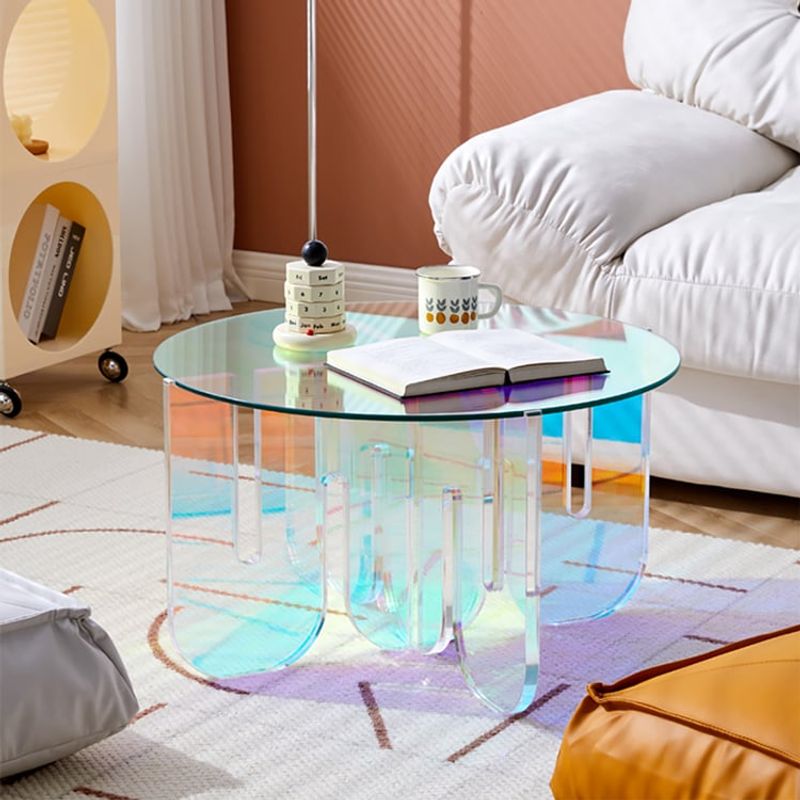
Clear acrylic, glass, and other see-through materials are having a major moment, especially in smaller spaces where visual lightness matters. Tables, chairs, shelving units, and even bed frames in transparent materials create the illusion of more space.
Unlike previous iterations that looked clinical, today’s transparent pieces often incorporate color tints, interesting textures, or organic shapes.
Some combine transparency with solid elements for practical balance. The best designs play with light, creating rainbow effects when the sun hits.
18. Handmade Imperfection

Machine-perfect finishes are yielding to the charm of human touch. Irregular ceramic tiles, hand-plastered walls with visible trowel marks, and furniture showing the maker’s process are prized for their authenticity.
This isn’t about sloppiness but celebrating the subtle variations that come from skilled hands. Textiles might feature slight irregularities in weave or dye.
Wood pieces might highlight knots or grain patterns. The overall effect feels grounded and honest—a counterpoint to our increasingly digital lives.
19. Multisensory Design
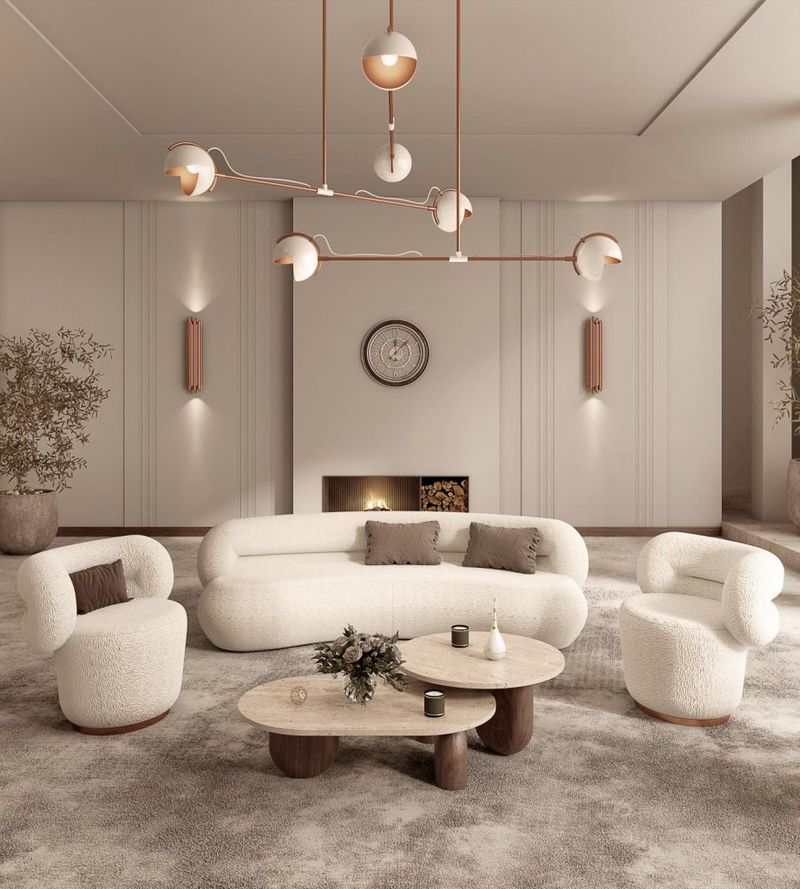
Forward-thinking designers are creating spaces that engage all five senses, not just vision. Textured surfaces invite touch, while carefully considered acoustics enhance sound experiences.
Scent diffusers integrated into HVAC systems distribute subtle, changing fragrances. Materials are selected not just for appearance but for how they feel against skin or respond to temperature changes.
Some spaces incorporate subtle movement—like kinetic art or responsive lighting. Even taste comes into play with edible gardens placed centrally rather than hidden away.
20. Heritage Revival

Cultural traditions are finding new expression as people seek connection to their roots. Techniques like Japanese sashiko stitching, Mexican talavera tiles, or Scandinavian wood carving are being applied to contemporary forms.
Many homeowners commission pieces that specifically reference their family heritage. Designers collaborate with artisans from specific traditions to create authentic yet fresh interpretations.
Unlike appropriative trends of the past, this movement emphasizes proper attribution and supporting artisans from the originating cultures.

